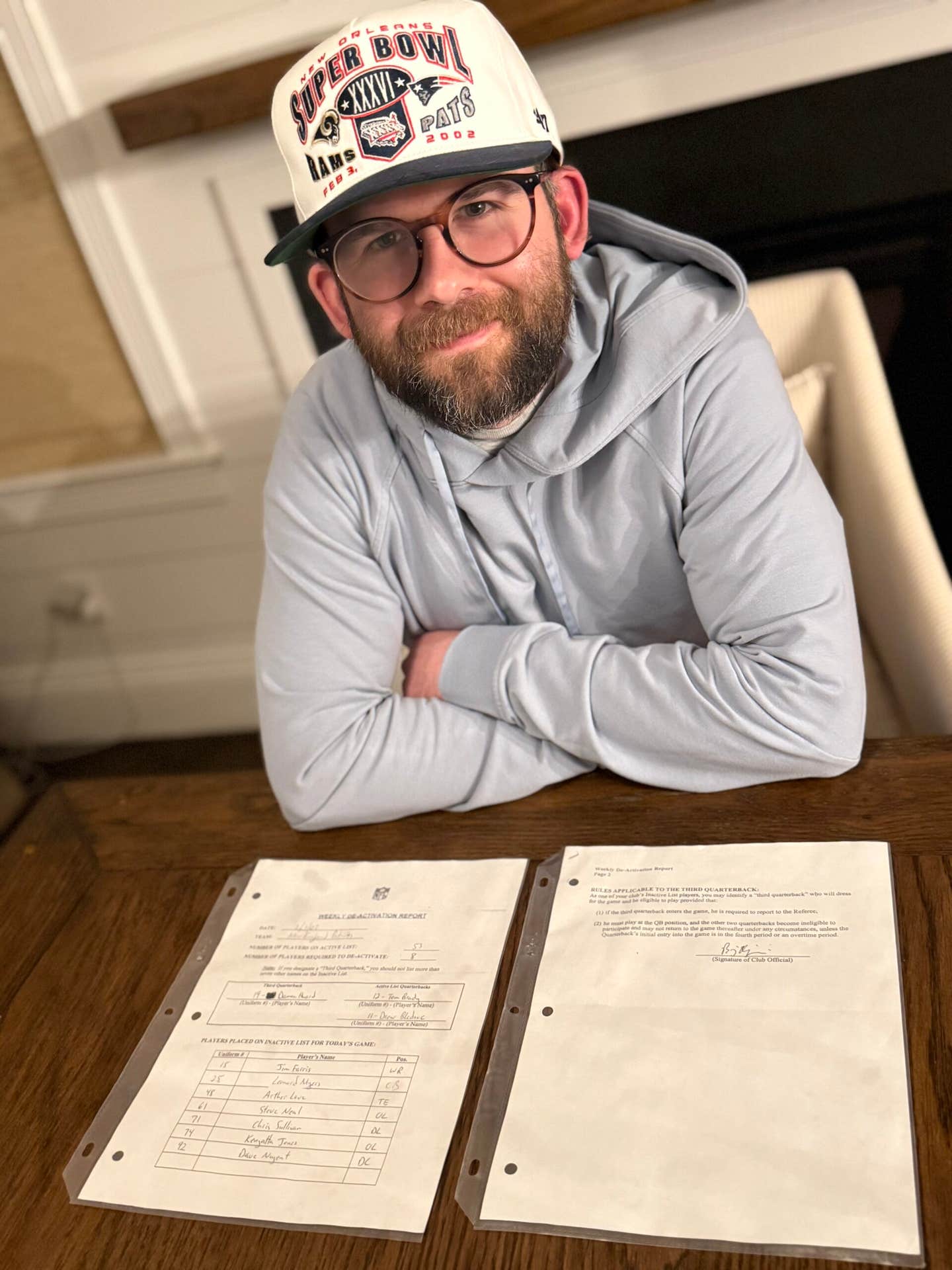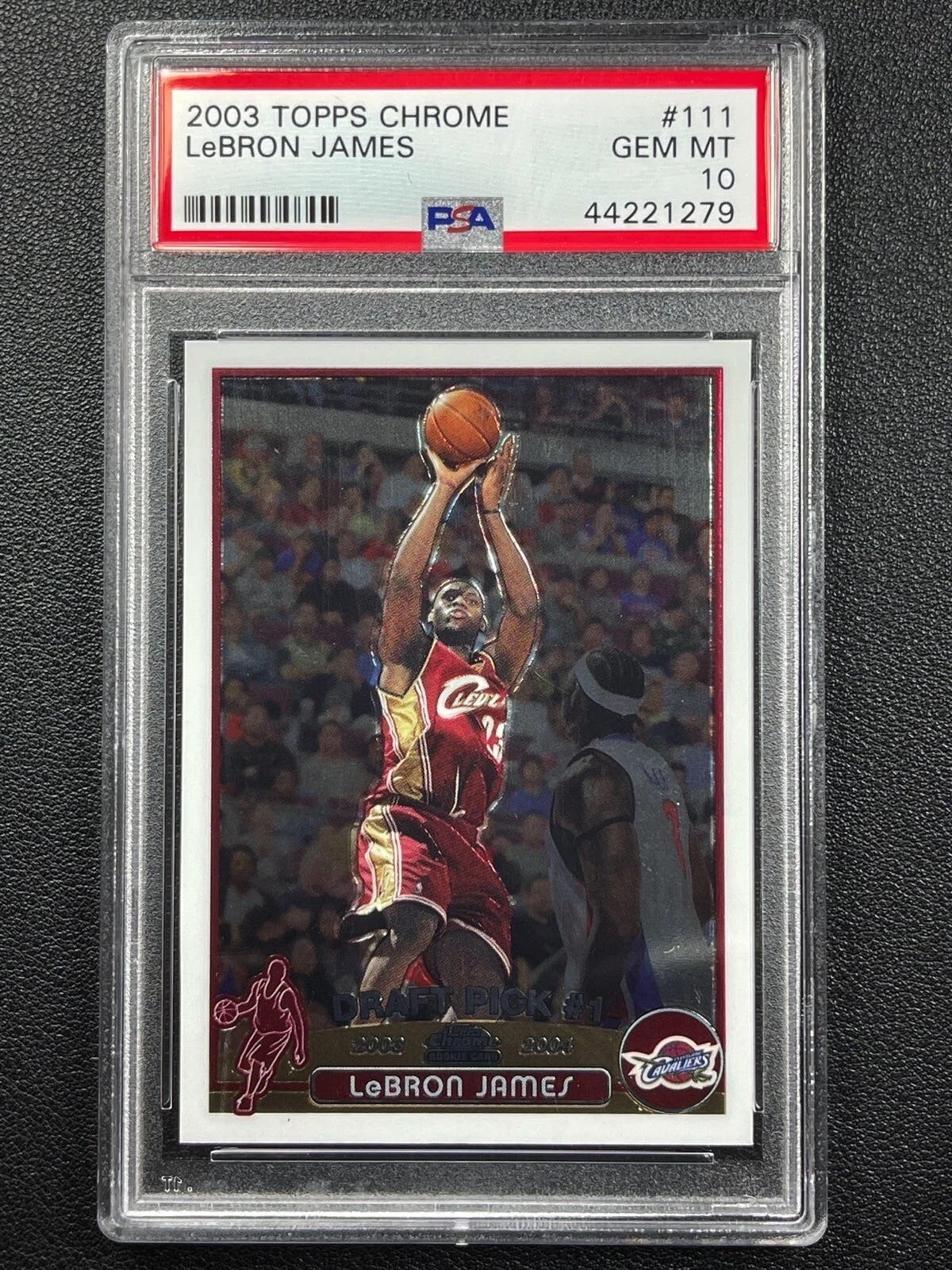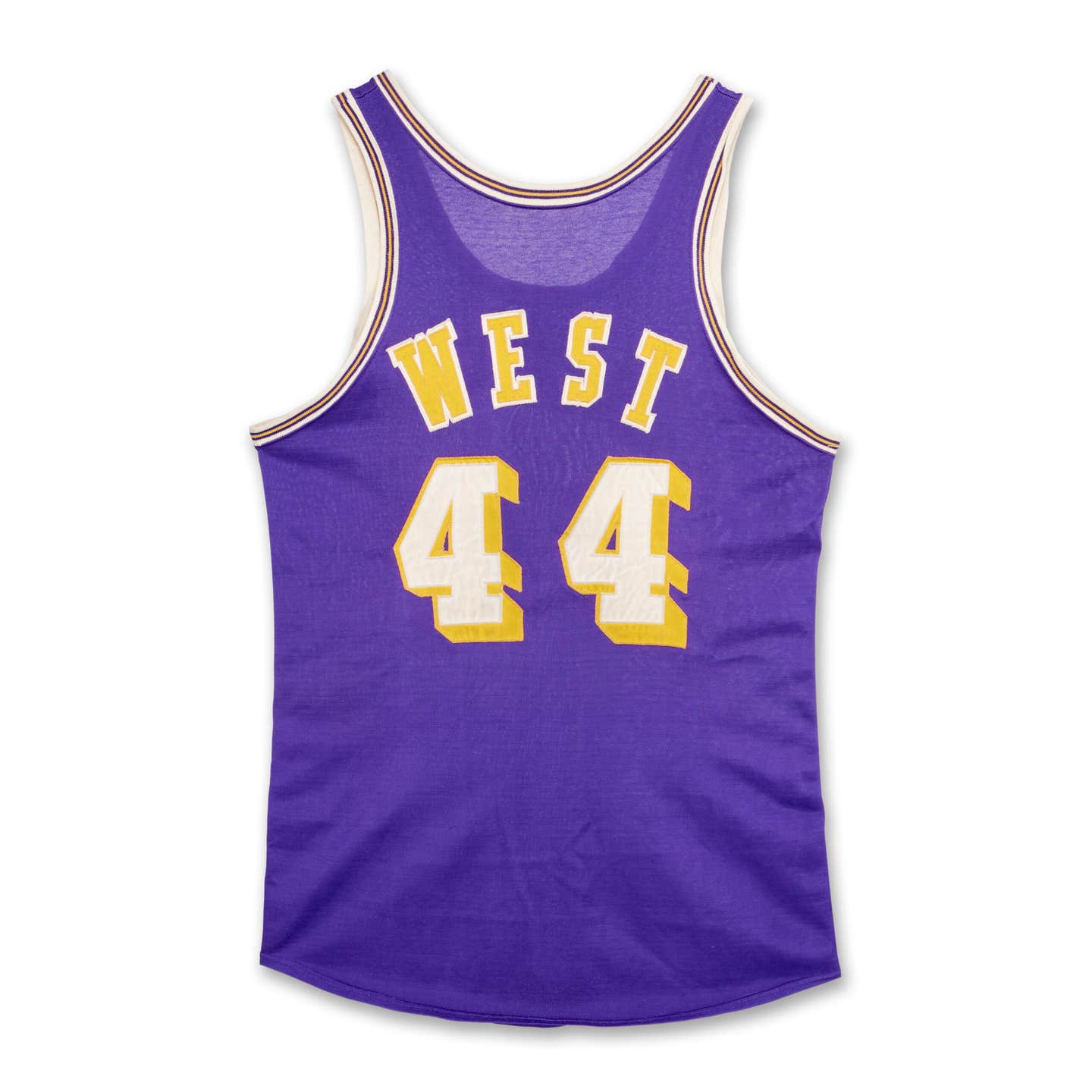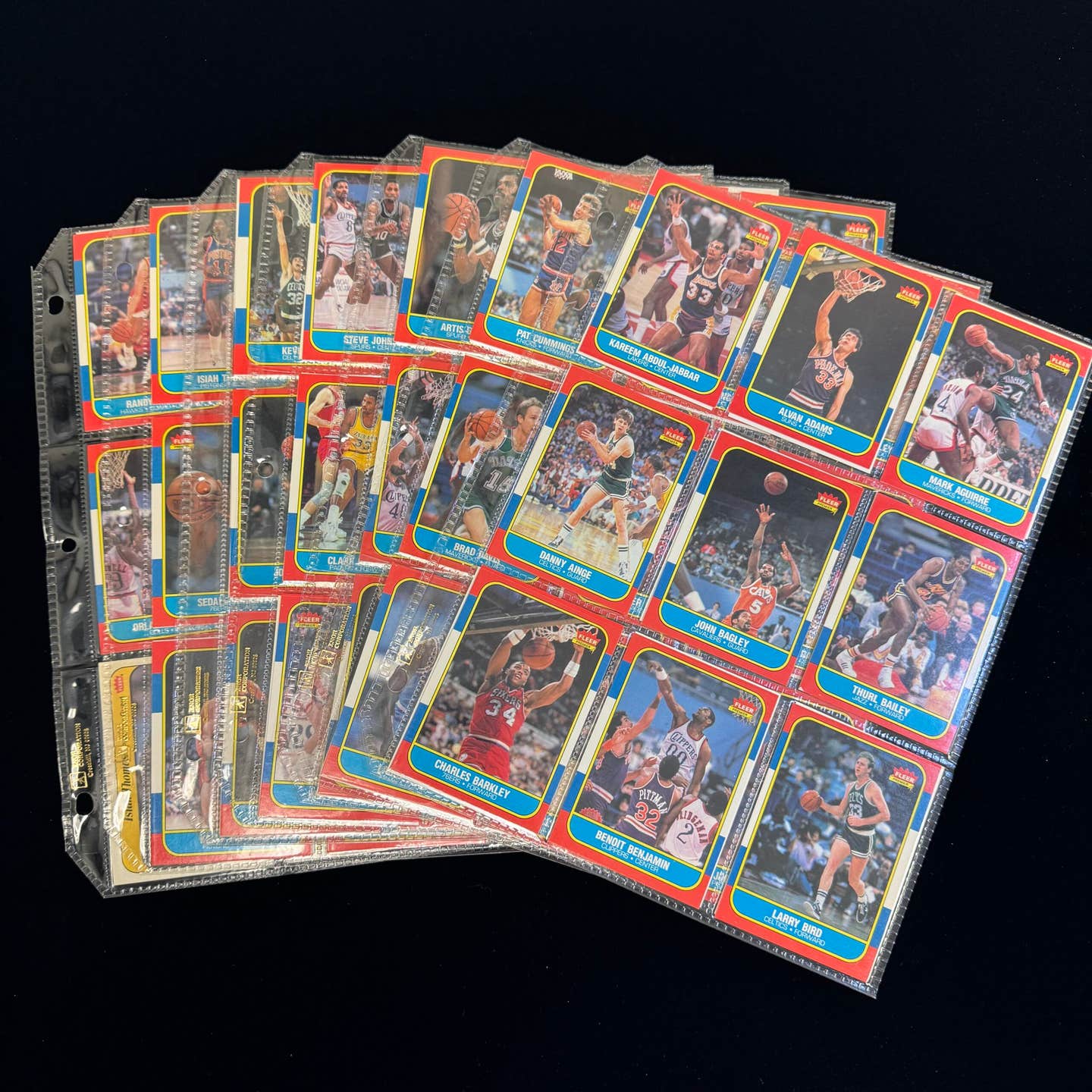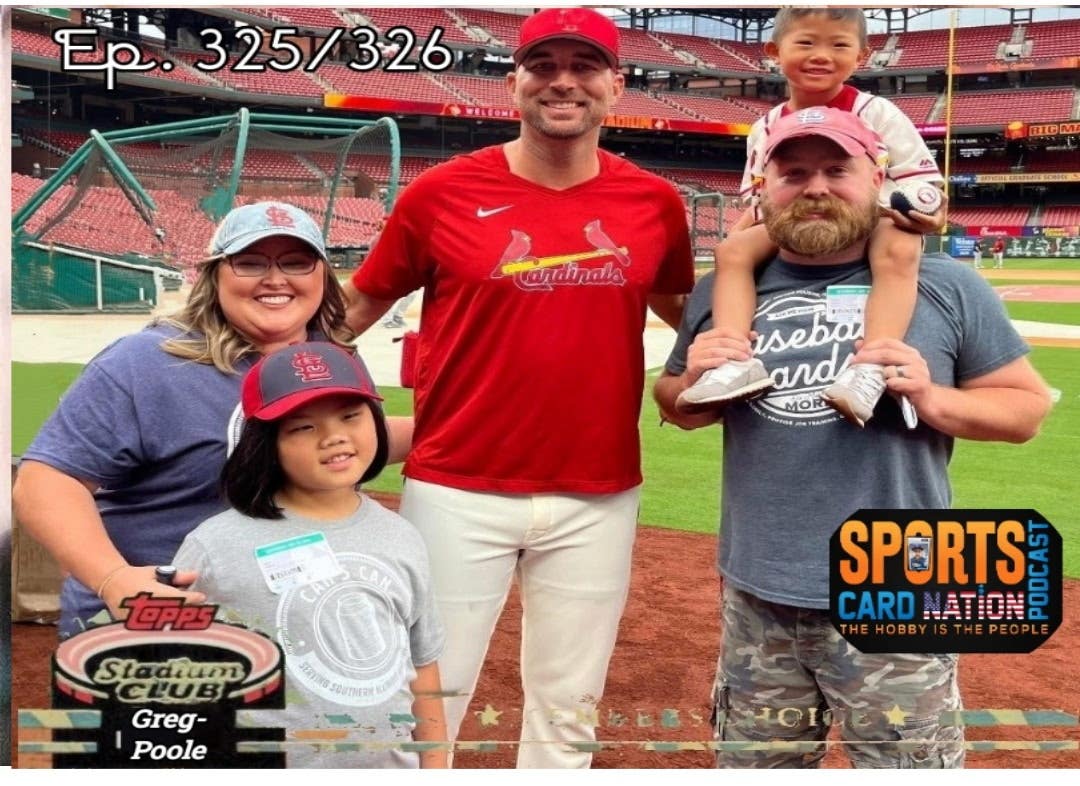News
If Regis says you are a genius, who can argue? …
This is the second of three parts profiling acclaimed photographer David Spindel
For the man who came up with an extraordinary interactive body of work called Rebuses (visual riddles), it shouldn’t have been hard to imagine that David Spindel would find a way to keep the creative juices flowing. As the images shown here make clear, he’s taken quickly to the antiques and ephemera of the Old West, which he arranges with the same subtle brilliance that he applied to his baseball pieces. Plus, just as he did with baseball, the portraiture opportunities for some of the great television cowboys of yesteryear have provided ample evidence that he’s lost nothing off his metaphorical fastball.
“I’m having a great time,” Spindel continued. “It’s totally different, and the people really appreciate what I do.” As he did in New York, there are almost endless demands for charities looking to utilize his talents for fund raising, plus there have still been lots of television and radio appearances (Good Morning, Arizona!), maybe not as much as you might find in the Big Apple environs, but more than enough to help fill up the schedule.
And the siren call from his New York celebrity still reaches out from time to time. Only recently he was back in New York at Yoko Ono’s invitation for the opening of an annex to the Rock N Roll Hall of Fame in Cleveland. Spindel, who began his career as a commercial still-life photographer in 1964, was selected by John Lennon to photograph what was to be his last recording session, and the images document the last days before Lennon’s death.
The list of collectors of Spindel’s work reads like a Hollywood Walk of Fame souvenir program: Charlton Heston, Bob Hope, Johnny Carson, George Burns, Kate Hepburn, Billy Crystal, Donald Trump, Jerry Lewis, and Yoko Ono. One fan, television personality Regis Philbin, offered this morsel that the photographer employs on his website: “David Spindel is a little eccentric; however, you have to put up with him because he is a genius.”
The baseball stuff (frequently featured in Sports Collectors Digest) so familiar to collectors often contain hundreds of pieces, all so artfully and perfectly arranged that it seems to the uninitiated to be a simple affair to simply fling down the various artifacts and take the picture. Try it sometime with a dozen pieces and see how simple it is, then multiply the degree of difficulty many times over.
And just having the material to be used in these still-life images is a major challenge. For Spindel, it represented nearly 30 years worth of collecting, though his motivations for chasing all that stuff were far different than your typical collector’s.
“I had more than 10,000 baseball items,” he recounted, noting that much of it was used for a photography assignment connected with various MLB anniversaries. When Spindel moved west, he got rid of most of the collection, selling to some of the dealers that he had bought from through the years and selling much of it on eBay.
But, of course, just like everybody else he kept some of his favorite things. Like a number of signed baseballs from some of his subjects, a list that includes Dr. Ruth (Westheimer, not Babe), Donald Trump and Muhammad Ali.
This entry concludes on the morrow with recollections of Spindel's unique relationship with Joseph Paul DiMaggio,




